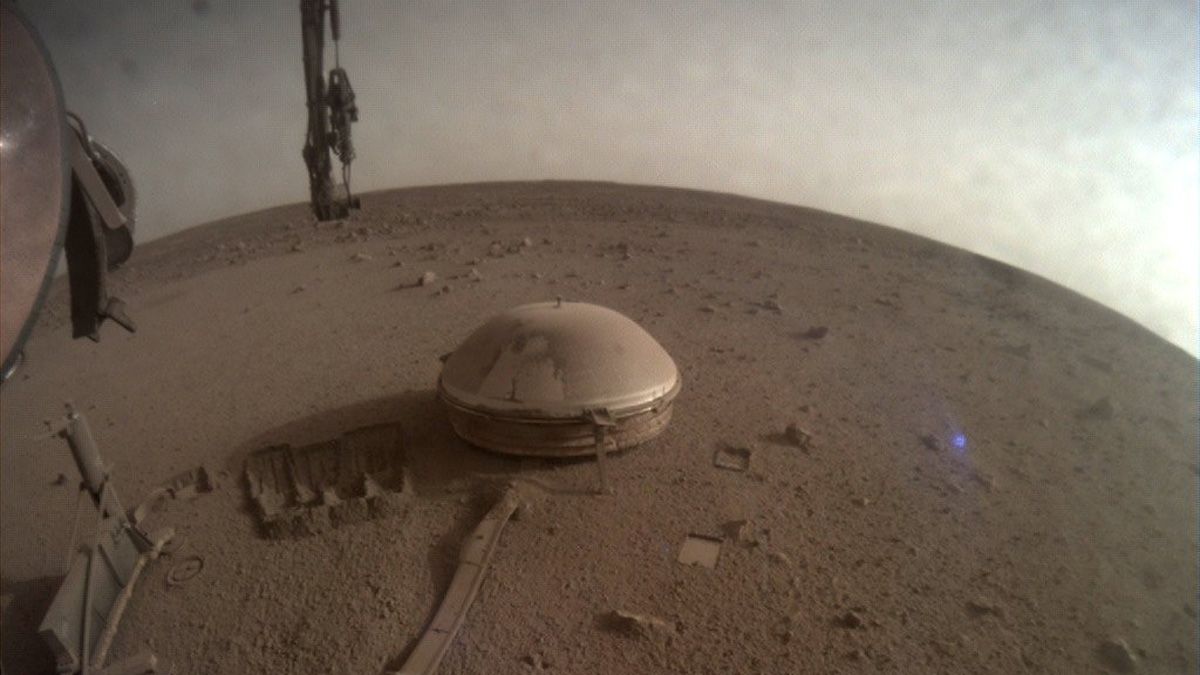Mars was likely, very long ago, blue from oceans of water that covered its surface.
But the now-red world may still hold liquid water underground, stowed deep and out of sight. If there is water down there, how would we find it?
A few scientists believe that they have an answer: marsquakes.
When the seismic waves from tremors pass through different materials, like surrounding rocks or water, they create subtle electromagnetic fields. Some scientists believe they may be able to find buried liquid water by studying seismic and magnetic readings to reconstruct the aftermath of Mars temblors.
Related: Water on Mars: Exploration and evidence
“If we listen to the marsquakes that are moving through the subsurface, if they pass through water, they’ll create these wonderful, unique signals,” said Nolan Roth, a graduate student at Penn State University and one of the researchers, in a statement. “These signals would be diagnostic of current, modern-day water on Mars.”
This technique is known as the seismoelectrical method. It isn’t entirely new; although highly experimental, geologists are testing it here on Earth to find underground fluids. But on Earth, using the method for finding groundwater is difficult — any signals from a sizable aquifer get muddled by the other moisture beneath ground.
The researchers, however, have reason to believe the method will prove more fruitful on Mars, where any layers of rock and dust above the groundwater are liable to be bone-dry.
“In contrast to how seismoelectric signals often appear on Earth, Mars’ surface naturally removes the noise and exposes useful data that allows us to characterize several aquifer properties,” said Tieyuan Zhu, a geophysicist at Penn State and another of the researchers, in the same statement.
The next steps, the researchers say, will be to seek traces of Martian groundwater in measurements that already exist. NASA’s Mars InSight lander — which hunted for marsquakes from late 2018 to late 2022 — included both a seismometer and a magnetometer. By combining these two sources of data, the researchers may be able to put their method to the test.
The researchers published their work in the journal JGR Planets on May 5.











/https://tf-cmsv2-smithsonianmag-media.s3.amazonaws.com/filer_public/34/31/3431771d-41e2-4f97-aed2-c5f1df5295da/gettyimages-1441066266_web.jpg)








Discussion about this post